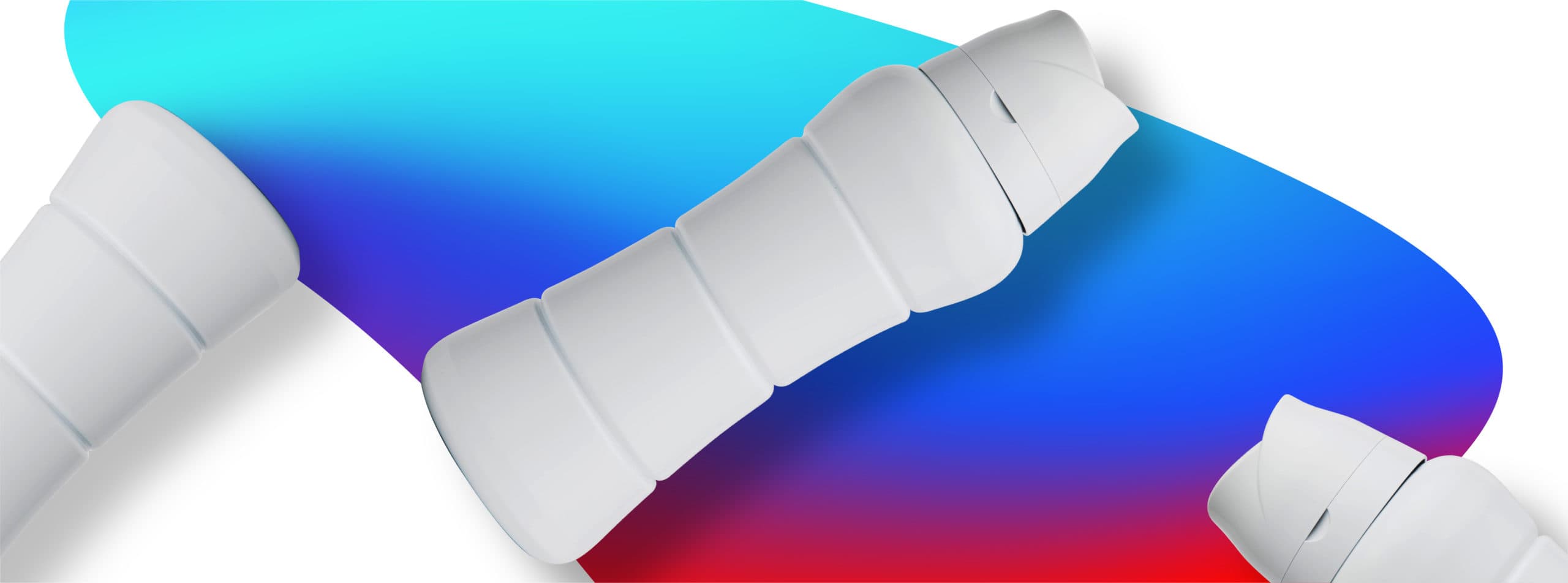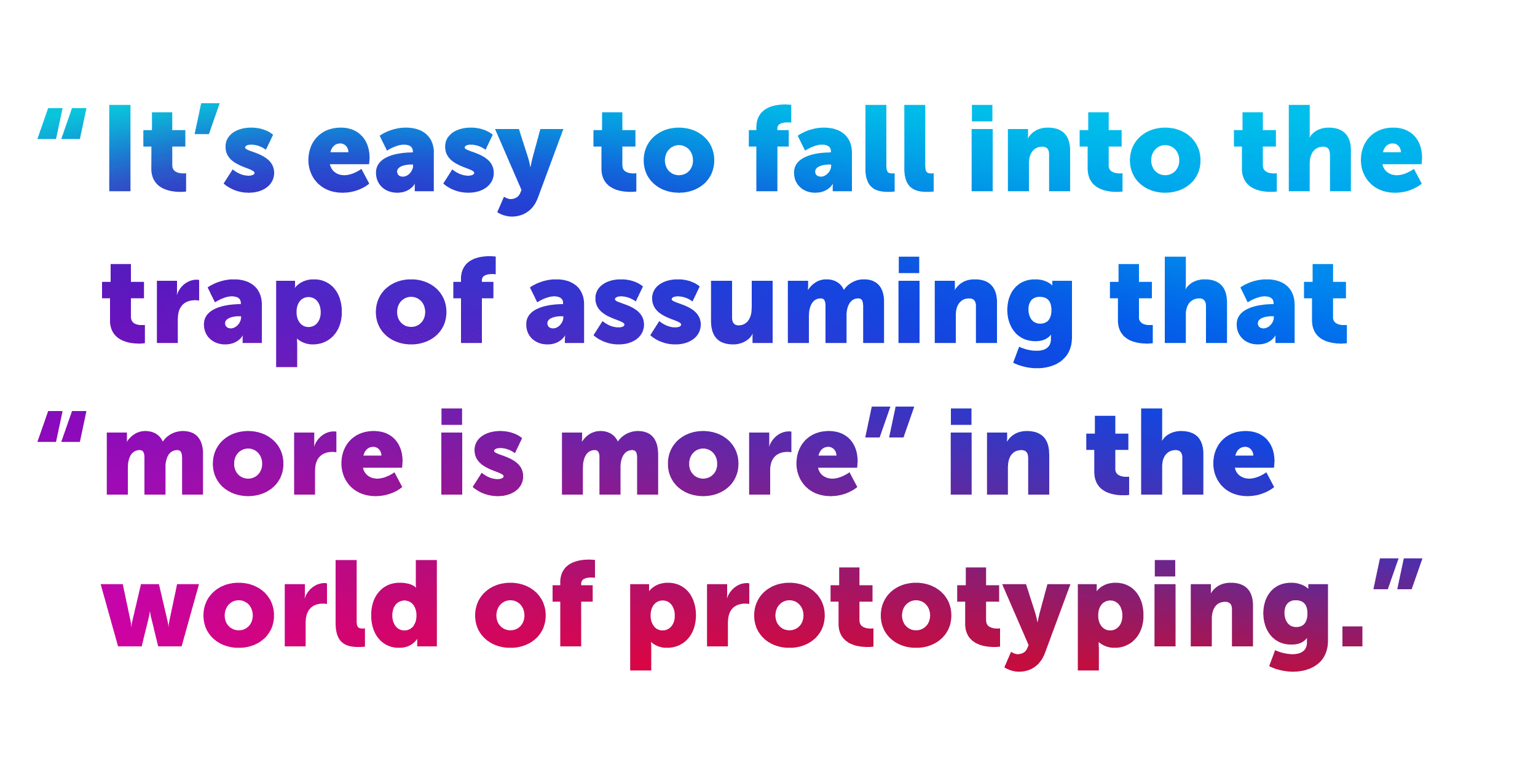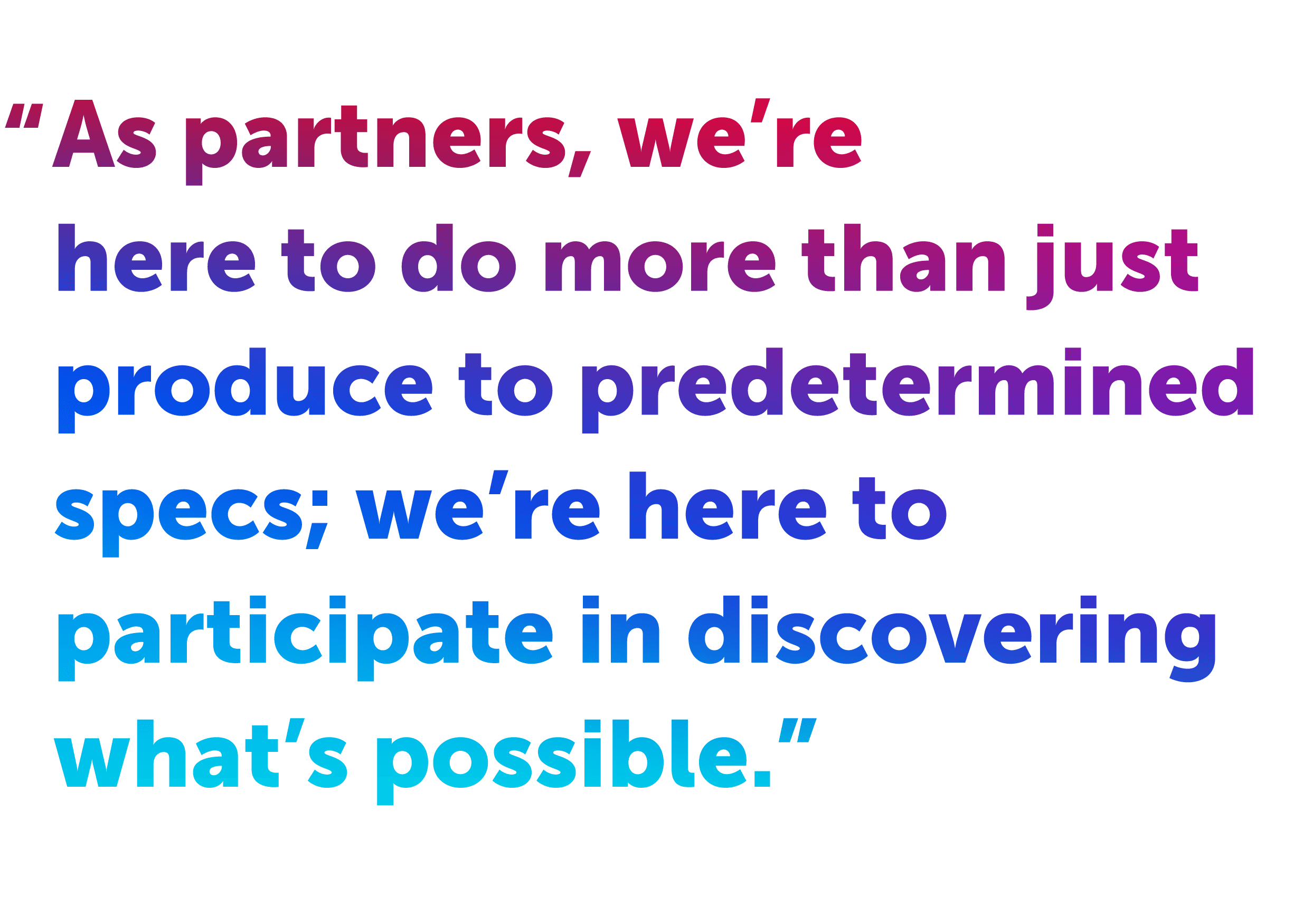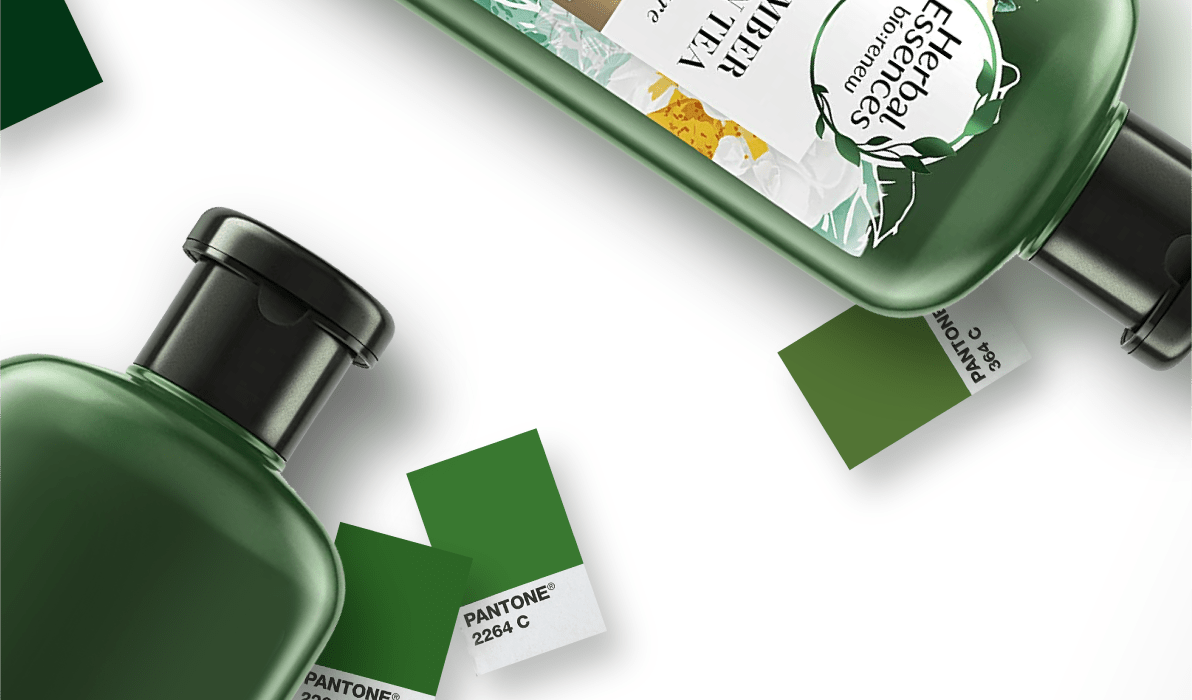
Prototyping with Purpose: Building the Right Tool for the Job
Although my background spans both art and design, I realized early in my career that my greatest satisfaction comes not from the creation itself, but from the problem-solving aspects of industrial design. Nothing thrills me more than exploring, researching and tinkering to arrive at the very best solution for the challenge at hand. This love of problem-solving led me to be one of the first people involved in the creation of 3D Color. 3D Color began 17 years ago with the vision to bring product design intent to life. By doing so, we help shape the first impressions the designer will make. The first step of the problem-solving process: understanding exactly what that challenge is.
It’s easy to fall into the trap of assuming that “more is more” in the world of prototyping. After all, fancy finishes and high-performance features are all part of a product’s ultimate appeal. But to get the best value from the prototype process, a more nuanced conversation is needed. Rather than asking “how accurate a prototype can we create?,” I encourage my clients to ask “how accurate a prototype do we need?”
Prototypes aren’t just “early product samples.” Rather, I like to think of them as tools to answer questions or advance business conversations. If you’re using your prototypes for research, define exactly which features you’re seeking to understand. Is it about functionality? Form? Creative brand impression? If your primary goal in producing prototypes is to secure brand or executive alignment, that’s a different conversation and may call for a different type of prototype.
At its root, the purpose of a prototype is to help an organization make smart decisions upstream in the design process. If the calls you’re making are purely visual, a solid model with accurate graphics and surface finishes probably does the job. (We call this a “looks like” model.) If usability or performance is in question, a “works like” prototype with real life functionality may be the most valuable, and you may save money by producing this model before production. And of course there are times when a full-blown prototype with all the bells and whistles is the best choice. At 3D Color, a big part of my job is taking care to truly understand the purpose of the prototype and provide guidance accordingly.

The technologies and materials available to the prototyping industry are changing faster than ever, and keeping up with these evolutions is a specialized discipline in itself. Often, a client will come to us intending to “place an order” for the same type of prototype they used two years ago for a prior product launch. But after talking it through, we discover a much better way to meet today’s needs.
As an example, perhaps a designer has had a good experience with stereolithography (a type of 3D printing, also called SLA), and requests that same method for an upcoming large order. Yet because each piece is individually grown, SLA may in fact be more expensive than another fabrication approach at higher volume. We may recommend vacuum-form molds or cast urethane parts instead, since they’re best for efficiently producing multiples of the same design.
Issues of functionality also dictate specific fabrication choices. For instance, if a prototype demands sophisticated snap fits or interlocking parts, we have different processes for varying levels of model performance.
Because 3D Color solves unique design and fabrication challenges for dozens of clients every week, we have a wealth of up-to-date knowledge to draw on each time someone knocks on our door. Challenges a client sees once in a career are challenges we see weekly — and we’re always eager to talk through your issues before we begin a project.
Every packaged goods professional knows that last-minute prototype “fire drills” are simply part of doing business. And certainly at 3D Color we’re always ready to support clients in a crunch. But the best time to build relationships is not in the middle of an emergency.
 We encourage our clients to engage us far upstream in the design process. This lets us share knowledge about materials, production methods, color management and more in a project’s formative stages, when important decisions are still in play. It also allows us to more effectively guide (or take on) production file management to ensure a smooth transition from design files to finished prototypes and, ultimately, to scaled production packaging.
We encourage our clients to engage us far upstream in the design process. This lets us share knowledge about materials, production methods, color management and more in a project’s formative stages, when important decisions are still in play. It also allows us to more effectively guide (or take on) production file management to ensure a smooth transition from design files to finished prototypes and, ultimately, to scaled production packaging.
As partners, we’re here to do more than just produce to predetermined specs; we’re here to participate in discovering what’s possible. This sense of discovery has kept me passionate in my career for decades, and has helped build many of 3D Color’s strongest client relationships. And as an added bonus, when a fire drill does pop up… we’re more than ready.
At 3D Color we take pride in keeping the principles and best practices of world-class industrial design at the heart of all we do. If you’d like to learn more about how we can support your success, please reach out to me at mike.c@3dcolor.com or clientsuccess@3dcolor.com.




